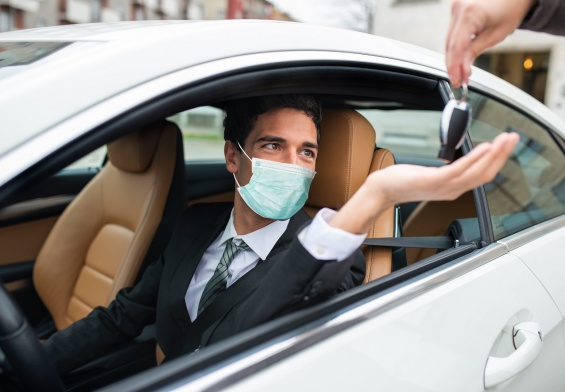Going on a road trip is a thrilling adventure where you’ll see new sights, have new experiences, and make new memories. That being said, road trips require specific planning to be successful, especially when it comes to packing. The best way to make the journey smooth is to make sure you have all the essentials while keeping your car organized and comfortable. This article will serve as comprehensive guide on how to pack for a road trip, so you can optimize your experience and make sure you’re prepared for any situation that may arise.
Essential Documents and Items
Driver’s License and Registration
Always start with the basics: make sure you have your driver’s license and vehicle registration. If you’re traveling abroad, verify if an International Driver’s Permit is necessary. Having all necessary documentation will prevent any legal issues along the way.
Insurance and Roadside Assistance
It’s important to have travel and health insurance. Travel insurance covers unexpected medical expenses, while health insurance keeps you protected during various activities. Additionally, you can get tons of value out of a reliable roadside assistance plan. It can help in case of unexpected car issues like breakdowns or flat tires.
Emergency Kit
An emergency kit should be at the top of your packing list. The ideal emergency kit includes jumper cables, a tow rope, essential tools, and a comprehensive first aid kit. These items can make a huge difference in keeping you safe and your ability to handle minor issues on the road.
Spare Tire and Tools
Always carry a spare tire along with a car jack and lug wrench. Knowing how to use these tools can keep you from being stranded on the side of the road for long periods of time.
Comfort and Convenience
Clothing and Personal Care
Your road trip packing list should also include versatile clothing that can be easily mixed and matched. Go for items that are comfortable and suitable for different activities. Keep a small overnight bag within easy reach, containing essential road trip items like toiletries, sleepwear, and an extra outfit. This will come in handy during those quick overnight stops.
Snacks and Water
Bring reusable water bottles and a bunch of non-perishable snacks. Keep the snacks in reusable containers to reduce waste and keep your car organized. Healthy snacks like nuts, dried fruits, and granola bars can keep you going without making too much of a mess.
Entertainment and Comfort
Entertainment is an important part of any long drive. Create a playlist of your favorite music, download audiobooks, and bring along games to keep everyone entertained. Travel pillows, blankets, and window shades can make those long hours in the car more comfortable. If you have children, make sure they can access their favorite toys or games, so they stay occupied.
Packing Strategy
Accessibility
When stuffing your road trip packing list into your car, think about how accessible everything will be. Keep those essential road trip items you’ll need frequently within easy reach. This includes your overnight bag, snacks, water, and entertainment options. Packing your trunk strategically can save time and reduce frustration during the trip.
Storage Solutions
Use soft-sided bags instead of hard suitcases to maximize space. Packing cubes and organizers can help keep your belongings neat and easily accessible. This strategy saves a lot of space and makes it easier to find what you need when you need it.
Test Run
Before hitting the road, do a test pack to ensure everything fits in your vehicle, especially if you’re less familiar with it like you would a rental car. This road trip preparation practice run will demonstrate any adjustments you might need to make to the road trip packing list, so you don’t overpack or leave out essential items. Make sure to leave some room for souvenirs and items you might gather along the way.
Safety and Preparedness
First Aid and Medications
First aid kits are essential road trip items for obvious reasons. Include medications for common ailments like headaches and heartburn, especially if traveling with kids. Being prepared for minor health issues will stop them from ruining your trip.
Weather Preparedness
Your road trip checklist should also include items to protect against different weather conditions. Sunscreen, sunglasses, and a sunshade for your windshield are important for sunny days. Bring a foldable umbrella and extra towels to handle changes in the weather you weren’t expecting.
Miscellaneous Essentials
Don’t forget small yet essential road trip items like reusable cutlery, baby powder for sandy beaches, and a yoga mat for stretching breaks. These items go a long way to improving comfort and convenience during the trip.
The Impact of Your Road Trip Packing List
Road trip preparation might seem daunting at first, but it can be straightforward and stress-free with planning and a strategic approach. By focusing on essential documents, safety items, comfort, and convenience, you can keep your journey smooth and enjoyable. Proper preparation enhances your experience and helps you prepare for any challenges that come your way. So, pack smart, stay organized, and enjoy the open road!




